The exotic pet trade stands as one of the most lucrative yet controversial global industries, generating billions in revenue annually while causing incalculable ecological and ethical damage. Behind the allure of owning unusual, beautiful, and rare animals lies a shadowy world of poaching, smuggling, animal suffering, and environmental destruction. While legitimate breeding programs do exist, a significant portion of exotic animals in private homes have murky origins rooted in wildlife trafficking. This industry not only decimates wild populations but also frequently leads to neglect and abandonment when owners discover these animals make challenging pets. As we pull back the curtain on this secretive trade, we reveal the painful journey many exotic animals endure from their natural habitats to captivity, and the cascading consequences for biodiversity, animal welfare, and even human health.
Wildlife Trafficking: The Third Largest Illegal Trade
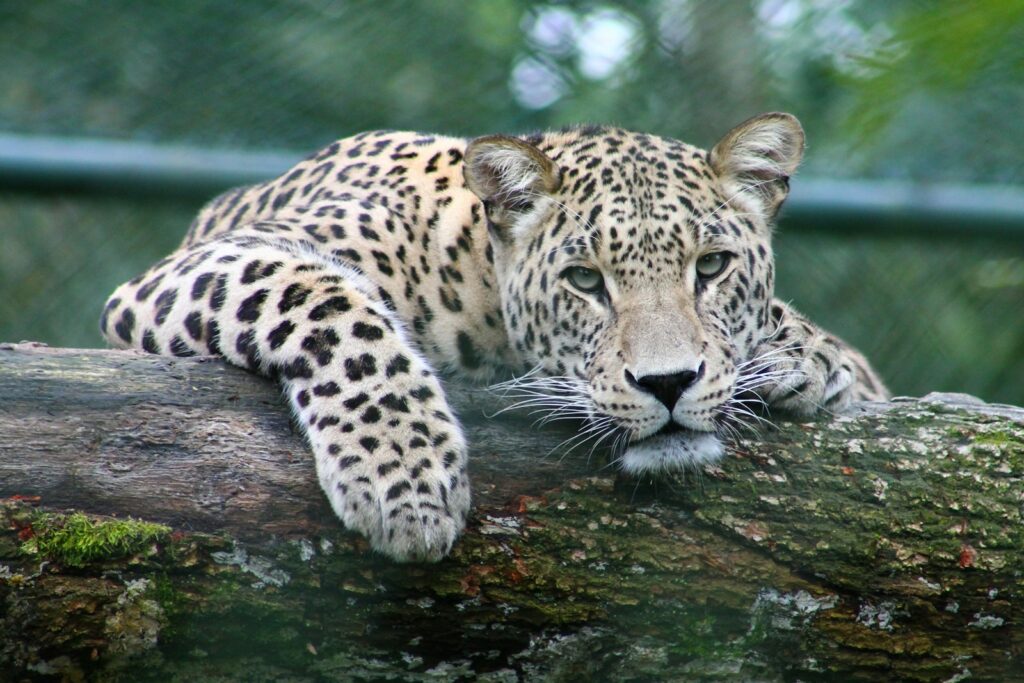
The illegal wildlife trade ranks as the third-largest black market globally, trailing only behind drugs and weapons trafficking, with estimated annual values exceeding $20 billion. This criminal enterprise operates through sophisticated international networks that exploit poor enforcement, corruption, and high profit margins. For every exotic animal that successfully reaches a buyer, countless others perish during capture or transit—experts estimate that for some species like birds and reptiles, up to 90% die before reaching their destination. The profits are so substantial that organized crime syndicates increasingly participate in wildlife trafficking, using the same smuggling routes established for other contraband. Unlike drugs or weapons, living animals require specialized care during transport, yet smugglers typically prioritize quantity over welfare, cramming animals into suitcases, car compartments, or shipping containers with minimal consideration for their survival.
The Ecological Impact of Population Depletion
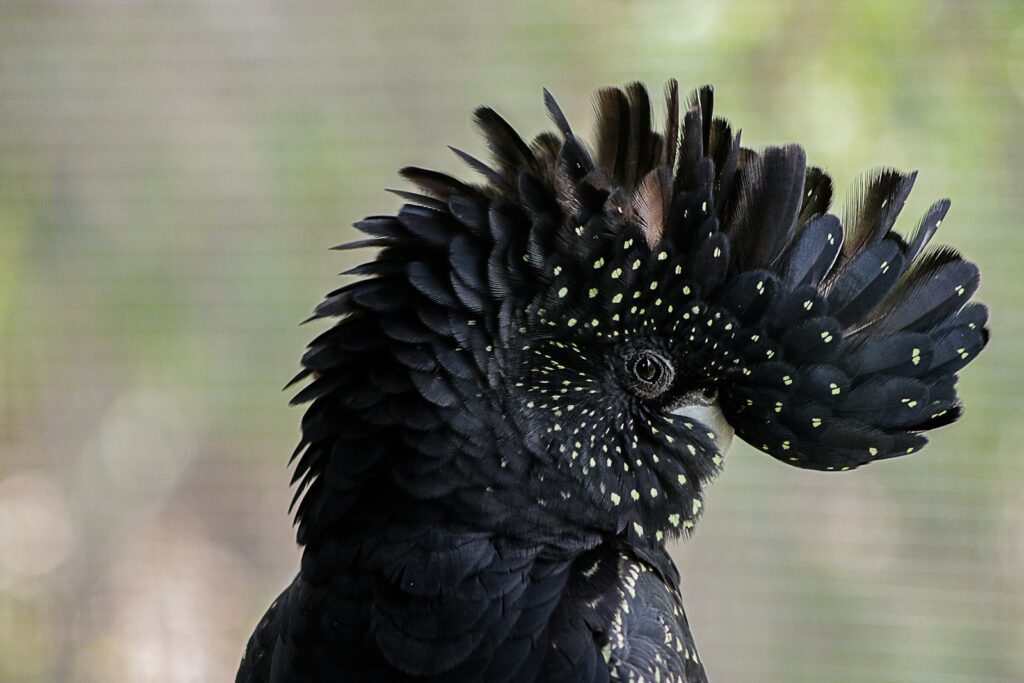
When collectors and traders target wild populations, they often remove the healthiest, most colorful, or largest specimens—precisely the individuals most likely to contribute to successful breeding in the wild. This selective removal creates genetic bottlenecks that weaken remaining populations and reduce their adaptability to environmental changes. Species like the Spix’s macaw, now extinct in the wild, were decimated primarily because of collection for the pet trade, with the last known wild bird disappearing in 2000. Beyond the targeted species, these removals create ripple effects throughout ecosystems, as many exotic animals serve crucial ecological functions as pollinators, seed dispersers, or predators that maintain population balances. The pet trade has contributed to the endangered status of numerous species, including slow lorises, certain chameleon species, pangolins, and various parrot species that simply cannot reproduce quickly enough to offset collection pressures.
Cruel Capture Methods and Transit Conditions

The methods used to capture wild animals for the pet trade often involve extraordinary cruelty that goes unseen by eventual owners. Trappers commonly destroy entire habitats to access target animals, such as cutting down trees to reach nesting birds or breaking apart rock formations to capture reptiles. For primates, poachers frequently kill adult family members who attempt to protect their young, resulting in multiple deaths for each infant successfully captured. During transport, animals are sedated, bound, stuffed into confined spaces without adequate ventilation, food, or water, and subjected to extreme temperature fluctuations. Smugglers employ horrific techniques to avoid detection, including taping birds’ beaks shut, sedating reptiles to near-death, and surgically implanting valuable specimens inside other animals or objects. The trauma inflicted during these processes causes lasting physical and psychological damage that manifests as health problems and behavioral issues throughout the animals’ lives.
Misleading Marketing and Consumer Deception
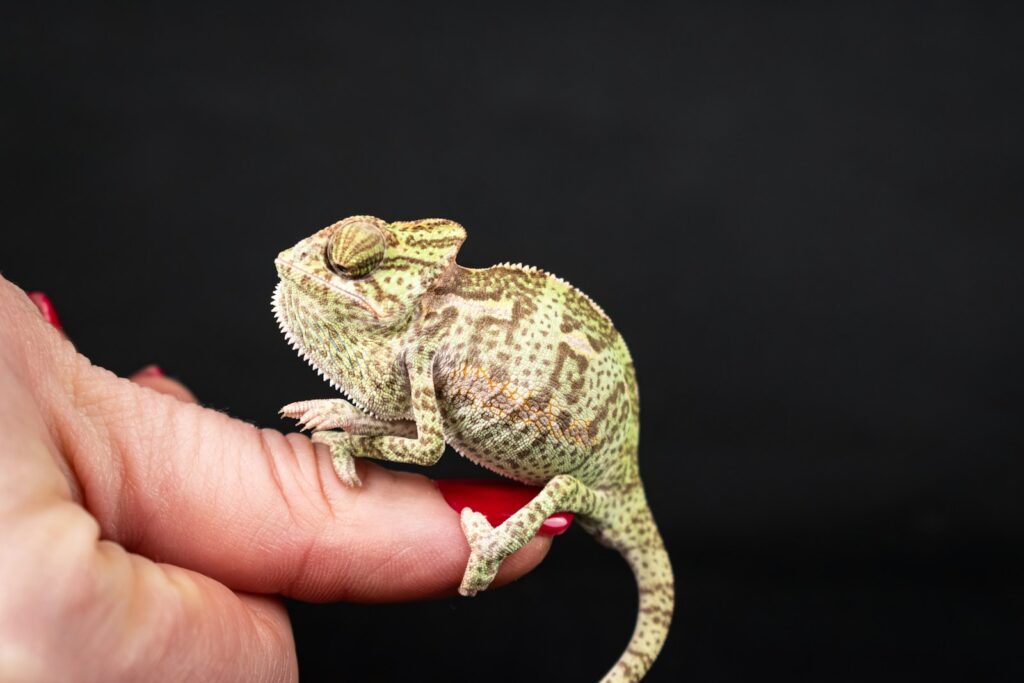
The exotic pet industry thrives on misrepresentation, with dealers routinely downplaying the challenges of exotic pet ownership to make sales. Customers frequently receive incorrect information about an animal’s adult size, lifespan, dietary needs, behavioral traits, and housing requirements. Social media has accelerated this problem, with viral videos of exotic pets like slow lorises, fennec foxes, or otters creating demand without showing the reality of their care requirements. Dealers may falsely claim that animals are captive-bred when they are actually wild-caught, or misrepresent their age, health status, or legal classification. Purchasers often don’t realize that the cute juvenile animal they’re buying may grow to dangerous proportions, live for decades, or develop aggressive behaviors as they mature. This cycle of misinformation leads to abandonment, neglect, and euthanasia when the reality of exotic pet ownership sets in, creating an endless demand for new animals to replace those that have been discarded.
Inadequate Housing and Care Requirements

Most exotic animals require specialized environments that are difficult or impossible to replicate in the average home. Large cats like tigers need acres of territory to express natural behaviors, yet in private ownership are often confined to small cages or backyards. Reptiles require precise temperature gradients, humidity levels, and UVB lighting that many owners struggle to maintain consistently over the animal’s lifespan. Even seemingly manageable species like sugar gliders or hedgehogs have complex dietary needs that, when not met, lead to painful metabolic diseases. The specialized veterinary care these animals require is both expensive and often unavailable in many regions, leaving owners without professional guidance when health issues arise. The mismatch between exotic animals’ needs and the reality of captivity frequently results in shortened lifespans, chronic stress behaviors like self-mutilation, and physical ailments including metabolic bone disease, obesity, and immune suppression.
Zoonotic Disease Risks and Public Health Concerns

The exotic pet trade represents a significant vector for zoonotic disease transmission, creating risks that extend far beyond individual owners. Animals taken from the wild carry pathogens that can jump to humans through bites, scratches, airborne transmission, or contact with bodily fluids. The COVID-19 pandemic highlighted these dangers, though it’s just one example in a long history that includes outbreaks of monkeypox, salmonellosis, herpes B virus, and other serious diseases linked to exotic pets. The stress of capture and transport suppresses animals’ immune systems, making them more likely to shed viruses and bacteria they might otherwise carry asymptomatically. Smuggled animals bypass quarantine requirements and health screenings designed to catch potential disease threats before they enter new regions. Even legal exotic pets pose risks, as evidenced by the 2003 monkeypox outbreak in the United States that originated from imported African rodents kept as pets, affecting dozens of people across multiple states.
The Problem of Exotic Pet Abandonment
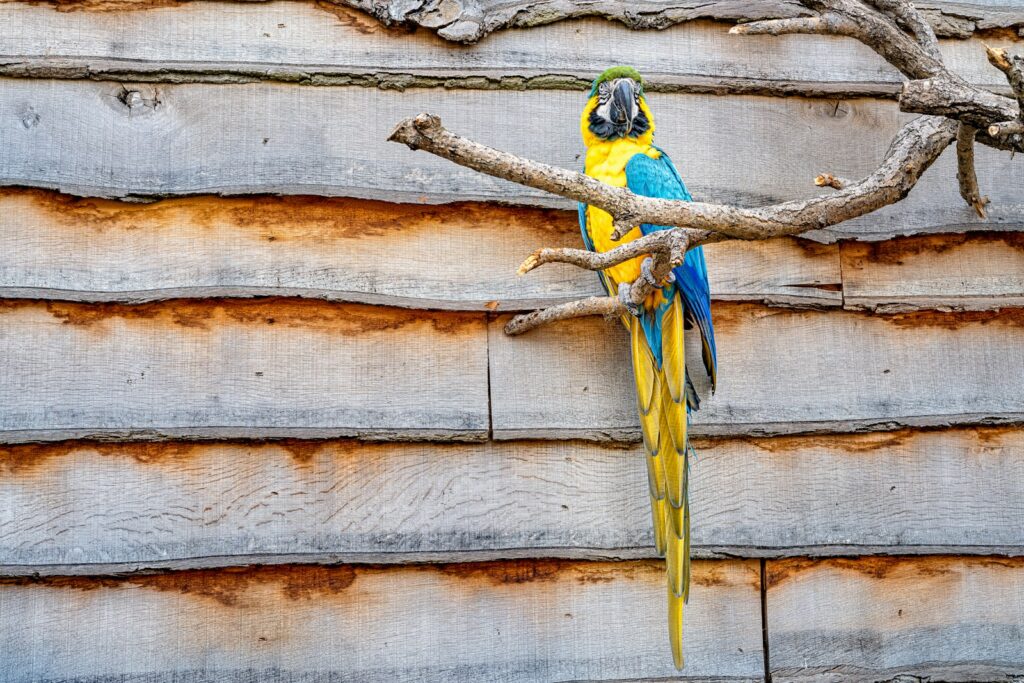
When exotic pets become unmanageable, owners face limited options, leading to a crisis of abandonment that strains animal welfare systems and ecosystems alike. Specialized sanctuaries for exotic animals operate at capacity with extensive waiting lists, unable to accommodate the volume of unwanted animals. Zoos rarely accept former pets due to unknown genetics, potential disease exposure, and the animals’ poor adaptation to professional management. Some desperate owners release animals into environments entirely unsuitable for their survival, such as tropical reptiles abandoned in temperate climates, where they slowly succumb to the elements. More concerning are cases where released exotics survive and establish invasive populations, like Burmese pythons in the Florida Everglades that have decimated native wildlife populations. The financial burden of caring for abandoned exotic animals often falls to nonprofit organizations and taxpayers, with lifetime care costs for a single tiger potentially reaching hundreds of thousands of dollars.
Legal Loopholes and Regulatory Failures

The patchwork of regulations governing exotic pet ownership creates confusion and enforcement challenges that benefit illegal traders. In the United States, laws vary dramatically between states and even counties, allowing dealers to operate across jurisdictional boundaries to evade stricter regulations. International treaties like CITES (Convention on International Trade in Endangered Species) aim to protect vulnerable species, but implementation depends on national enforcement that varies widely in effectiveness. Laundering wild-caught animals through captive breeding operations represents a common tactic, with dealers falsifying documentation to claim protected species were legally bred in captivity. Online marketplaces have further complicated enforcement, enabling anonymous transactions and making it difficult for authorities to track sales or verify compliance with permits and regulations. The resources allocated to wildlife crime enforcement remain minuscule compared to other forms of trafficking, despite growing recognition of its connections to organized crime and terrorism financing.
The Psychological Impact on Captive Exotic Animals
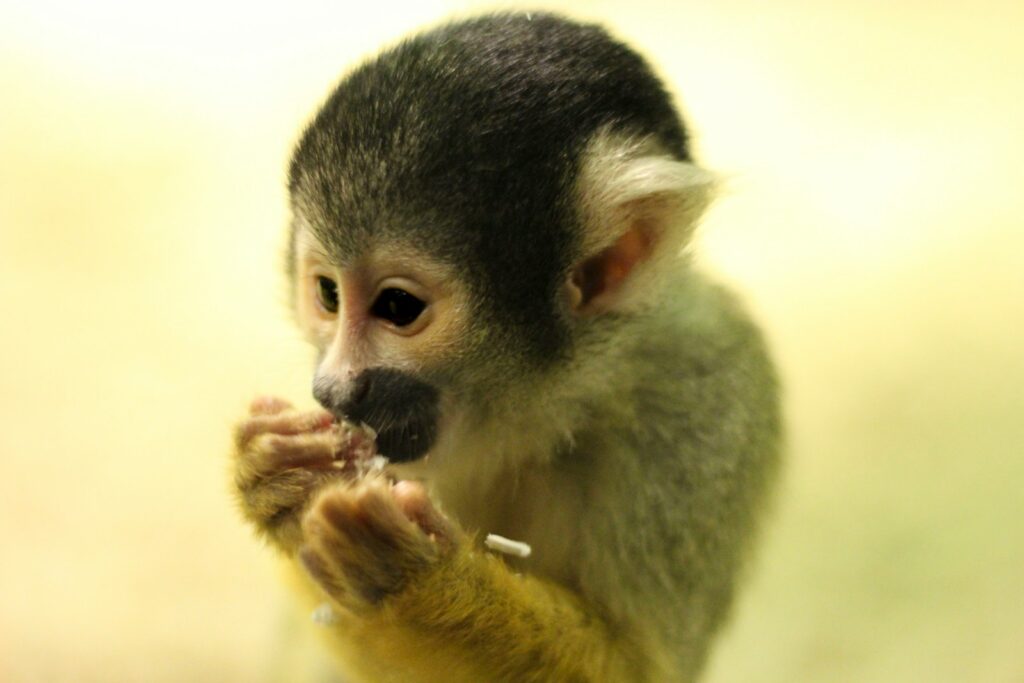
Beyond physical health concerns, exotic animals in captivity frequently develop severe psychological disturbances from being kept in inappropriate environments. Highly social species like primates, when kept as solitary pets, develop self-harming behaviors, depression, and aggression from a lack of appropriate social interaction with their own kind. Large predators denied the opportunity to hunt and roam exhibit stereotypic behaviors such as pacing, head-bobbing, or repetitive swimming patterns that indicate significant mental distress. Birds, among the most intelligent and social exotic pets, commonly develop feather plucking and self-mutilation when their cognitive and social needs go unmet in captivity. The psychological damage inflicted on wild-caught animals is particularly severe, as they experience the trauma of capture, separation from family groups, and transfer to environments entirely unlike their natural habitat. Even with well-intentioned owners, the fundamental mismatch between an exotic animal’s evolutionary adaptations and captive conditions creates chronic stress that manifests as behavioral problems throughout their lives.
The Economics Behind the Trade
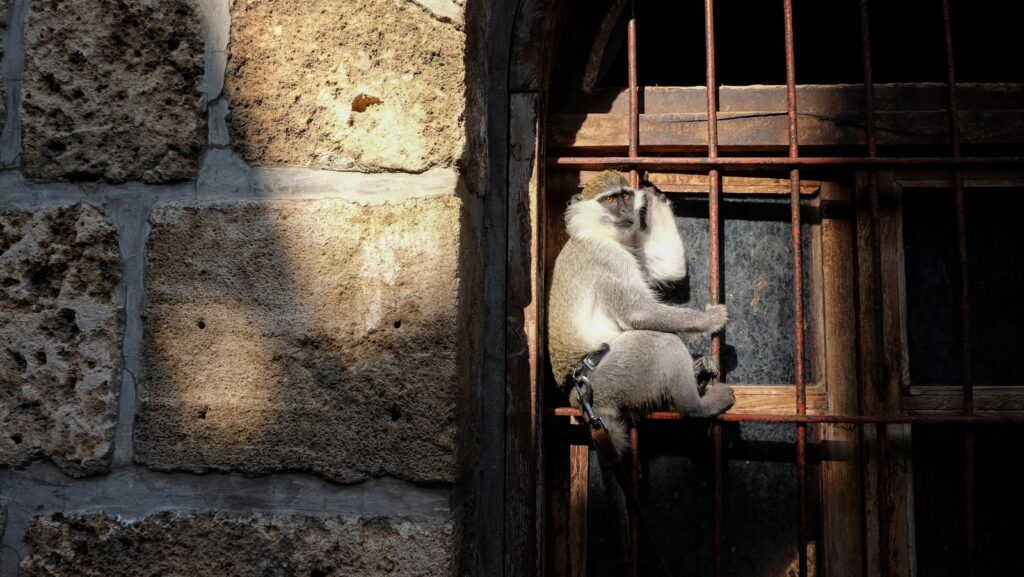
The exotic pet industry’s economic structure incentivizes exploitation at multiple levels, creating profit opportunities that drive continued trafficking despite conservation concerns. At the source, local hunters in developing nations might receive just $50-100 for capturing an animal that ultimately sells for thousands or tens of thousands of dollars in Western markets, making wildlife a lucrative resource in economically disadvantaged regions. The vast markup occurs as animals move through a series of middlemen who absorb the risk of transport and border crossing, each taking a percentage while distancing the final seller from the original capture. Social media influencers and celebrities who showcase exotic pets create artificial demand spikes for specific species, triggering intensive collection pressure in source countries. The economics of enforcement further complicate matters, as the resources required to effectively police wildlife trafficking exceed what most countries allocate, creating a low-risk, high-reward scenario for traffickers who face minimal consequences if caught.
Alternatives to Exotic Pet Ownership
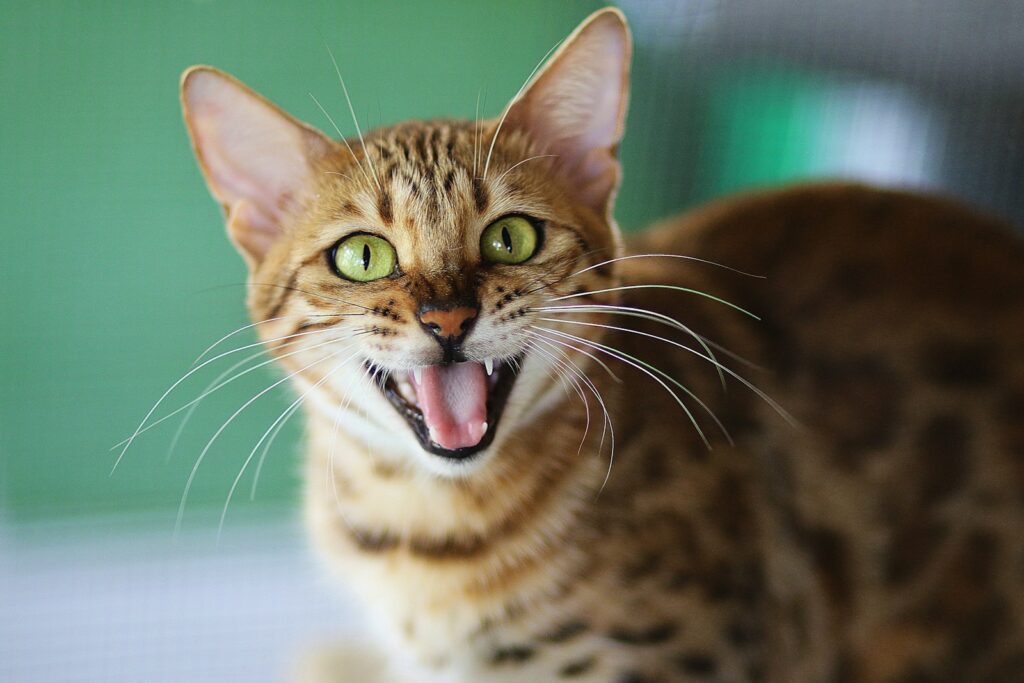
For those drawn to unique animals, numerous ethical alternatives exist that satisfy the desire for animal connection without supporting the exotic trade. Domestic animal breeds offer extraordinary diversity, from Norwegian Forest cats to unusual dog breeds like the Xoloitzcuintli or Bergamasco, providing distinctive companions without the ethical concerns of exotic ownership. Virtual experiences through wildlife photography, documentaries, and interactive zoological institution programs provide close encounters with exotic species while supporting conservation rather than extraction. For those interested in reptiles or amphibians, many specialized domestic breeding programs produce captive-bred species adapted to life in human care, complete with documentation of their origins. Volunteering with wildlife rehabilitation centers or sanctuaries offers hands-on experience with exotic animals that genuinely need human assistance, while contributing to their welfare rather than creating demand for new wild captures. These alternatives provide the fascination and connection people seek from animals while directing passion and resources toward conservation rather than exploitation.
Conservation Success Stories and Positive Change

Despite the grim realities of the exotic pet trade, significant progress offers hope for vulnerable species and ecosystems. International cooperation has yielded notable successes, such as Operation Dragon, which disrupted major trafficking networks responsible for moving thousands of turtles and tortoises across Southeast Asia. Community-based conservation initiatives that employ former poachers as wildlife guardians have proven particularly effective, providing sustainable livelihoods while protecting endangered species in countries like Madagascar and Indonesia. Social media platforms including Facebook, Instagram, and TikTok, have implemented policies restricting posts that advertise endangered wildlife for sale, making it harder for dealers to find customers online. Perhaps most encouraging is the shifting public perception, with younger generations increasingly questioning the ethics of keeping exotic animals as pets and celebrities facing backlash rather than admiration when displaying exotic pets. These changes, combined with stronger enforcement and better international coordination, suggest the possibility of a future where the exotic pet trade no longer threatens global biodiversity.
Making Informed Consumer Choices

Individuals hold significant power to combat the exotic pet trade through their personal choices and advocacy efforts. Before acquiring any unusual pet, thorough research into its origins is essential—reputable breeders will provide documentation of an animal’s captive-bred status and lineage. Supporting organizations that work to end wildlife trafficking, such as the Wildlife Conservation Society or TRAFFIC, helps fund investigations and enforcement against traffickers. When traveling internationally, tourists should refuse to participate in wildlife photo opportunities or purchase souvenirs made from animal parts, as these often connect to the same supply chains that fuel the live animal trade. Reporting suspected illegal wildlife sales to authorities creates accountability, with resources like the U.S. Fish and Wildlife Service tip line or the Wildlife Crime Hotline providing confidential reporting mechanisms. Perhaps most importantly, sharing accurate information about exotic pet ownership challenges helps counteract the romanticized portrayal that drives much of the demand, turning admiration for these animals toward supporting their conservation in the wild rather than their captivity in homes.
Conclusion
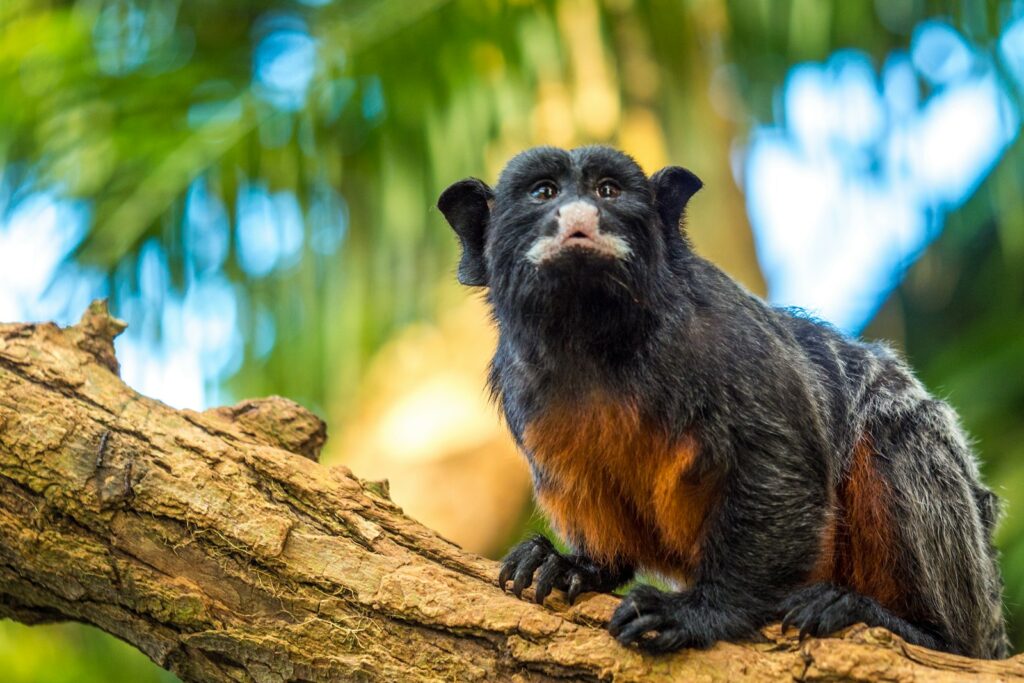
The exotic pet trade represents one of conservation’s most complex challenges, intertwining issues of biodiversity, animal welfare, human health, and criminal enterprise. While the allure of keeping unusual animals is understandable, the hidden costs of this industry are paid by the animals themselves, wild ecosystems, and ultimately human society through lost biodiversity and increased disease risks. As we become more aware of these interconnected impacts, the responsibility falls on governments to strengthen enforcement, on social platforms to restrict wildlife trafficking, and on individuals to make informed choices that don’t contribute to exploitation. The most meaningful way to appreciate exotic animals is by supporting their conservation in their natural habitats, ensuring future generations can marvel at these remarkable species where they truly belong—in the wild, not in our homes.

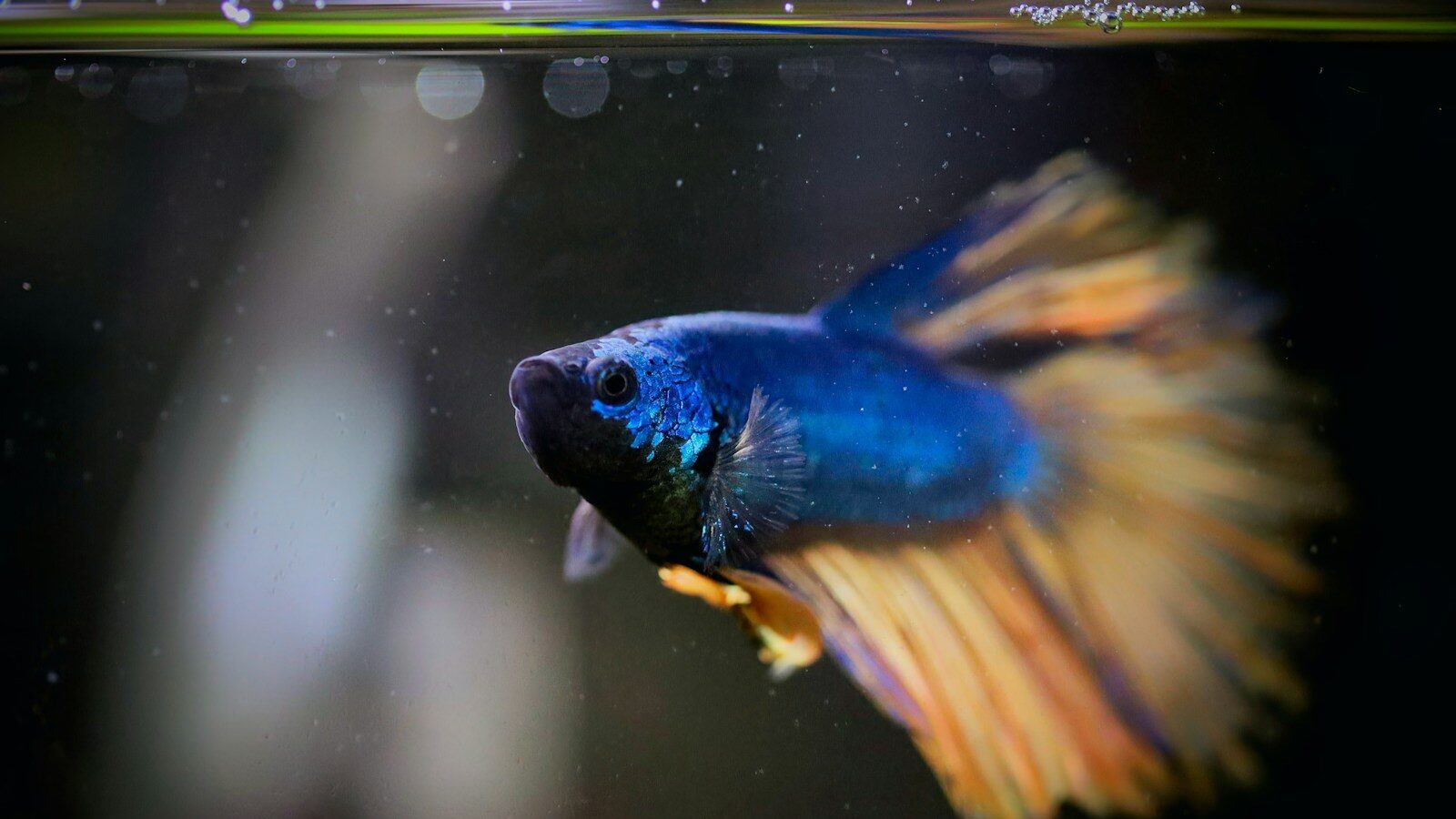

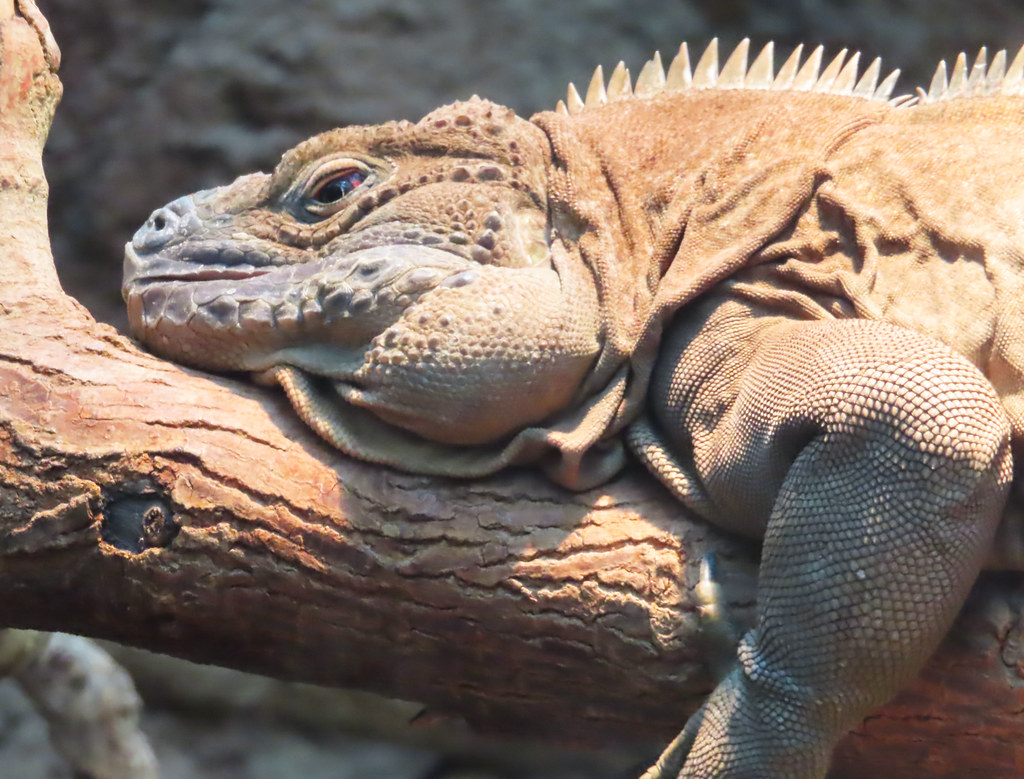
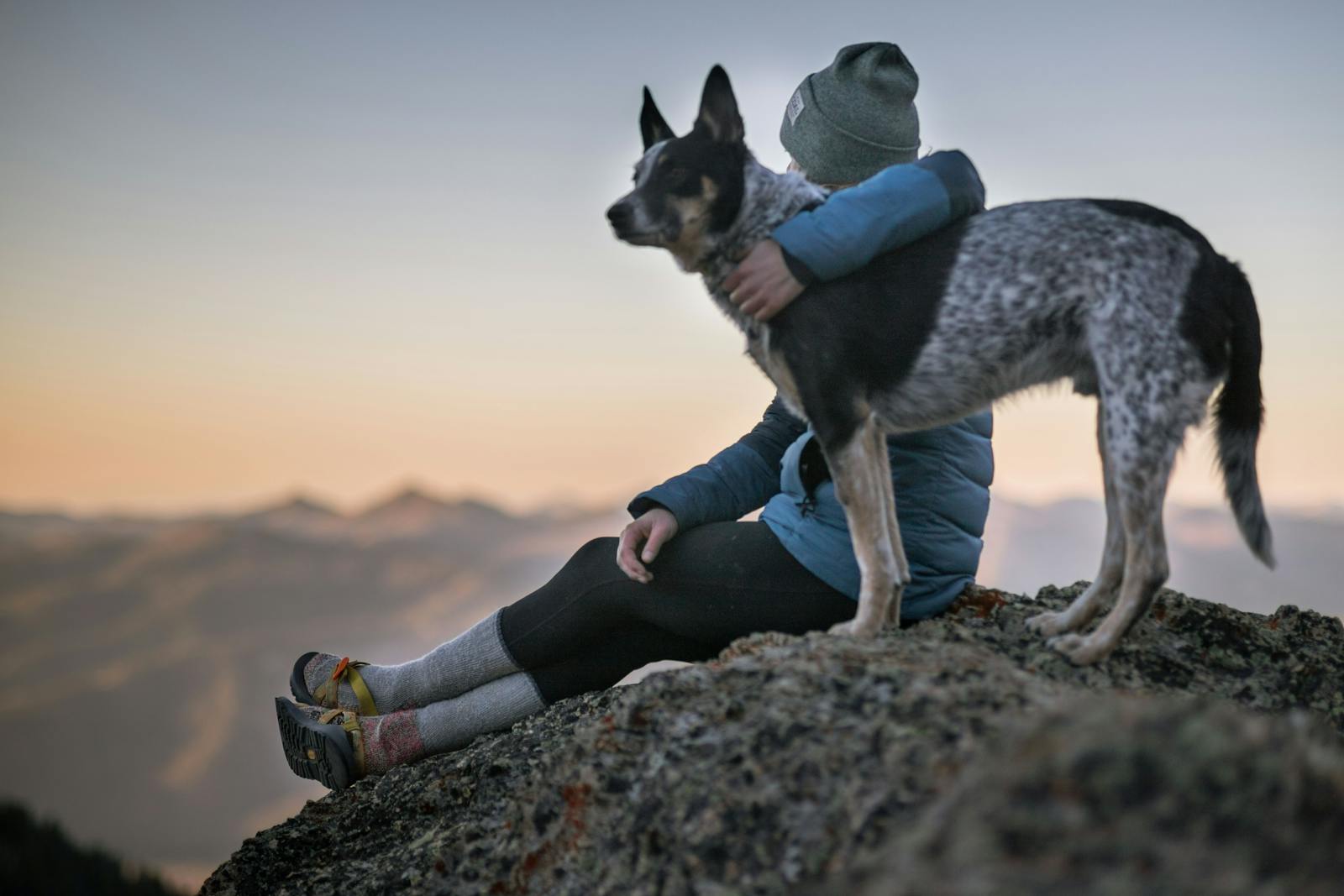

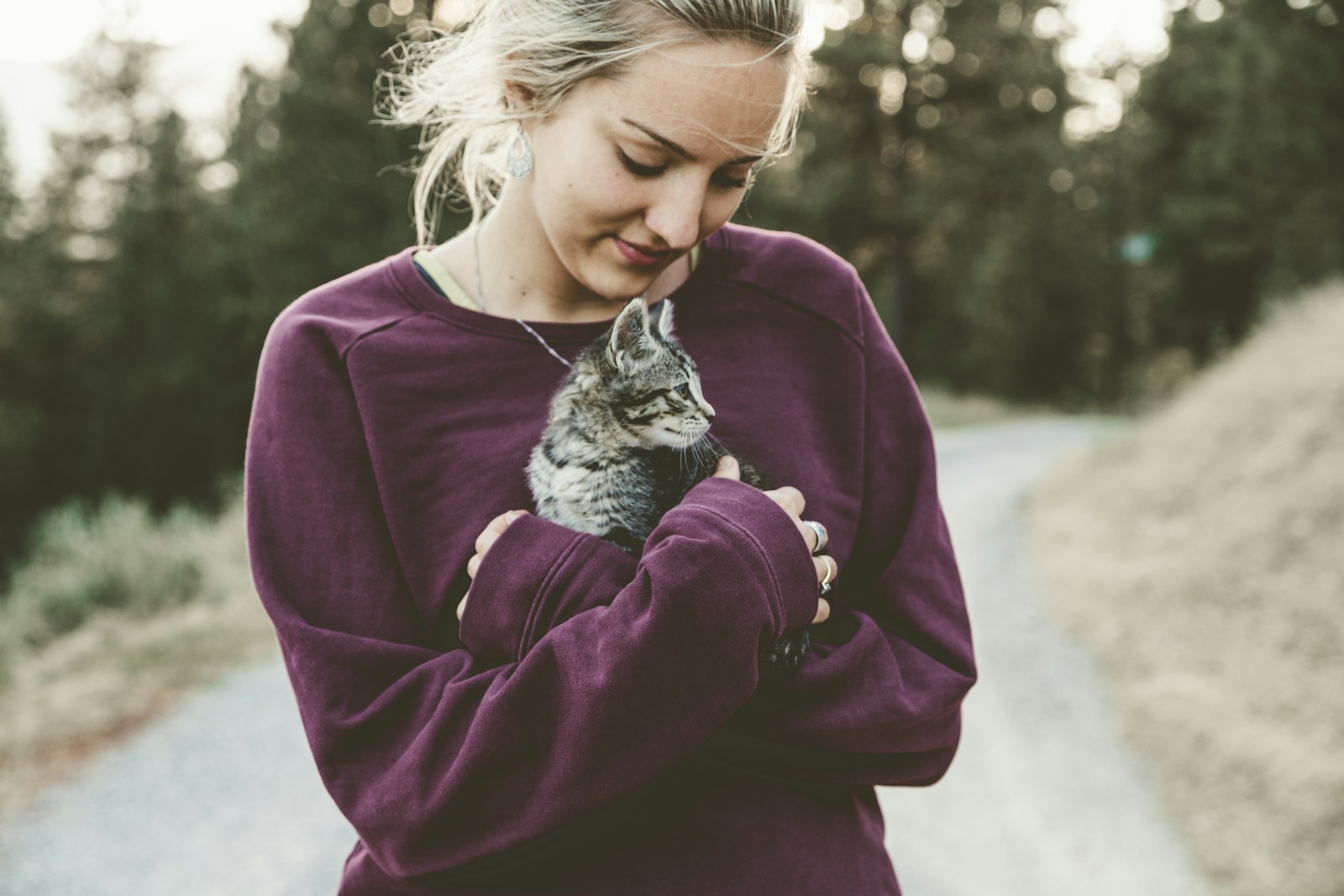



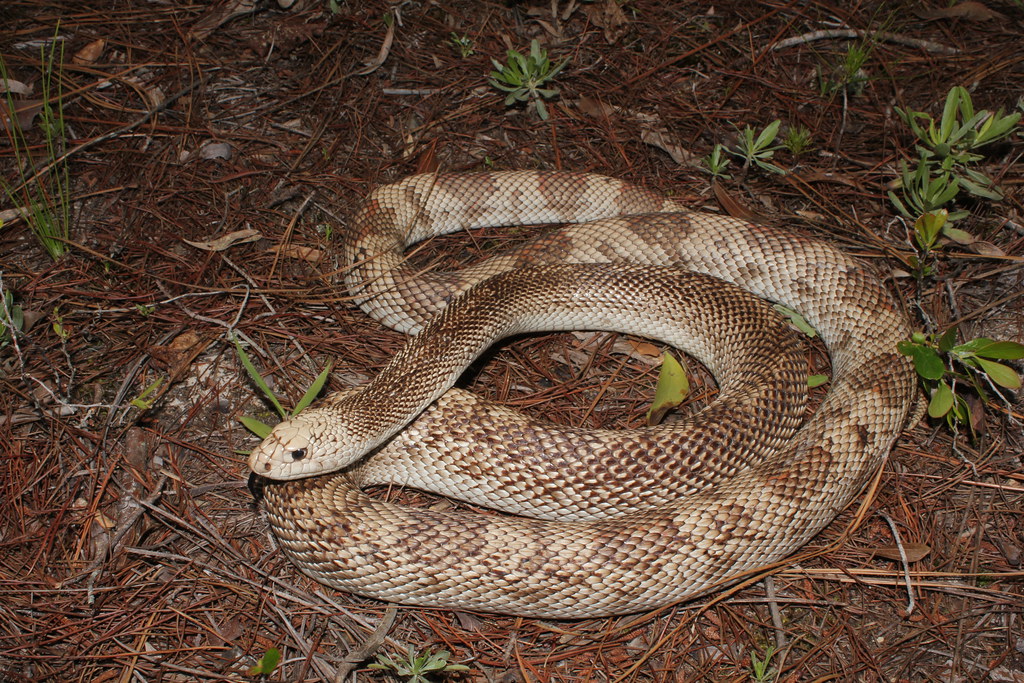





Leave a Reply